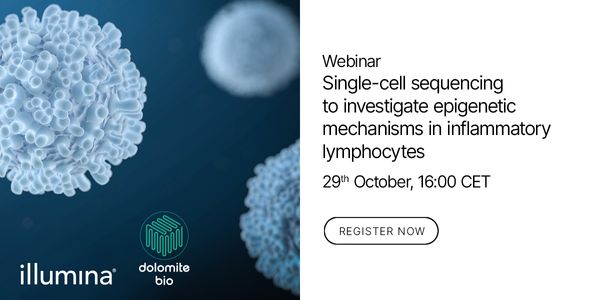Therapeutics
Therapeutics: In medicine, the branch that deals specifically with the treatment of disease and the art and science of healing. Exercise, diet, and mental factors are therefore integral to the prevention, as well as the management, of disease processes. More specific measures that are employed to treat specific symptoms include the use of drugs to relieve pain or treat infection, surgery to remove diseased tissue or replace poorly functioning or nonfunctioning organs with fully operating ones, and counseling or psychotherapy to relieve emotional distress.
-
Urine drug testing has become an essential part of the management of patients with chronic pain. Testing provides objective information regarding drug compliance, diversion, and abuse to med...
NOV 04, 2020 | 11:00 AM
DATE: November 4th, 2020 TIME: 11:00am PST As cell therapies become more complex, the need for robust analytical tools to characterize such products as they enter the clinic has increased in...
OCT 29, 2020 | 6:00 AM
Date: October 29, 2020 Time: 6:00am (PDT), 9:00am (EDT), Chronic inflammation can occur as a result of a combination of genetic predispositions and environmental factors. Epigenetic modifica...
Speaker:
Thomas Ayers, Ph.D.
, Pawel Zajac, Ph.D.
, Dr. Adam Cribbs
Sponsored By: Illumina,
Dolomite Bio
OCT 28, 2020 | 7:00 AM
Date: October 28, 2020 Time: 7:00am (PDT), 10:00am (EDT) Although chemotherapy remains the mainstay of systemic therapy, a large number of cancer patients fail to respond to it. About half o...
High grade serous ovarian cancer is characterized by genomic instability, with ~50% of advanced tumors harboring homologous recombination repair (HRR) pathway deficiency (HRD). HRD results i...
Speaker:
Natalie Ngoi, MBBS, MMed, MRCP
Presented at: OncomineWorld 2022: A Virtual NGS Education Meeting
High grade serous ovarian cancer is characterized by genomic instability, with ~50% of advanced tumors harboring homologous recombination repair (HRR) pathway deficiency (HRD). HRD results i...
Speaker:
Natalie Ngoi, MBBS, MMed, MRCP
Presented at: OncomineWorld Autumn: A virtual NGS education meeting
There is an expanding list of therapeutically relevant biomarkers for non-small cell lung cancer (NSCLC), and molecular profiling at diagnosis is paramount. Tissue attrition in scaling tradi...
There is an expanding list of therapeutically relevant biomarkers for non-small cell lung cancer (NSCLC), and molecular profiling at diagnosis is paramount. Tissue attrition in scaling tradi...
Accurate characterization of monoclonal antibodies is essential to development of biotherapeutics. Thorough understanding of biotherapeutic properties aids in the optimization of bioprocess...
Speaker:
Brian Domanski
...
Speaker:
Arjun Khanna
, David Chi Leung Lam, MD, PhD
, Chein-Feng Li, MD
, Darren Wan Teck Lim
While circulating cell-free DNA (ccfDNA) and to some extend CTCs from blood are routinely used as analyte in liquid biopsy cancer research applications, circulating cell-free RNA (ccfRNA) ha...
Speaker:
Thorsten Voss, PhD






















